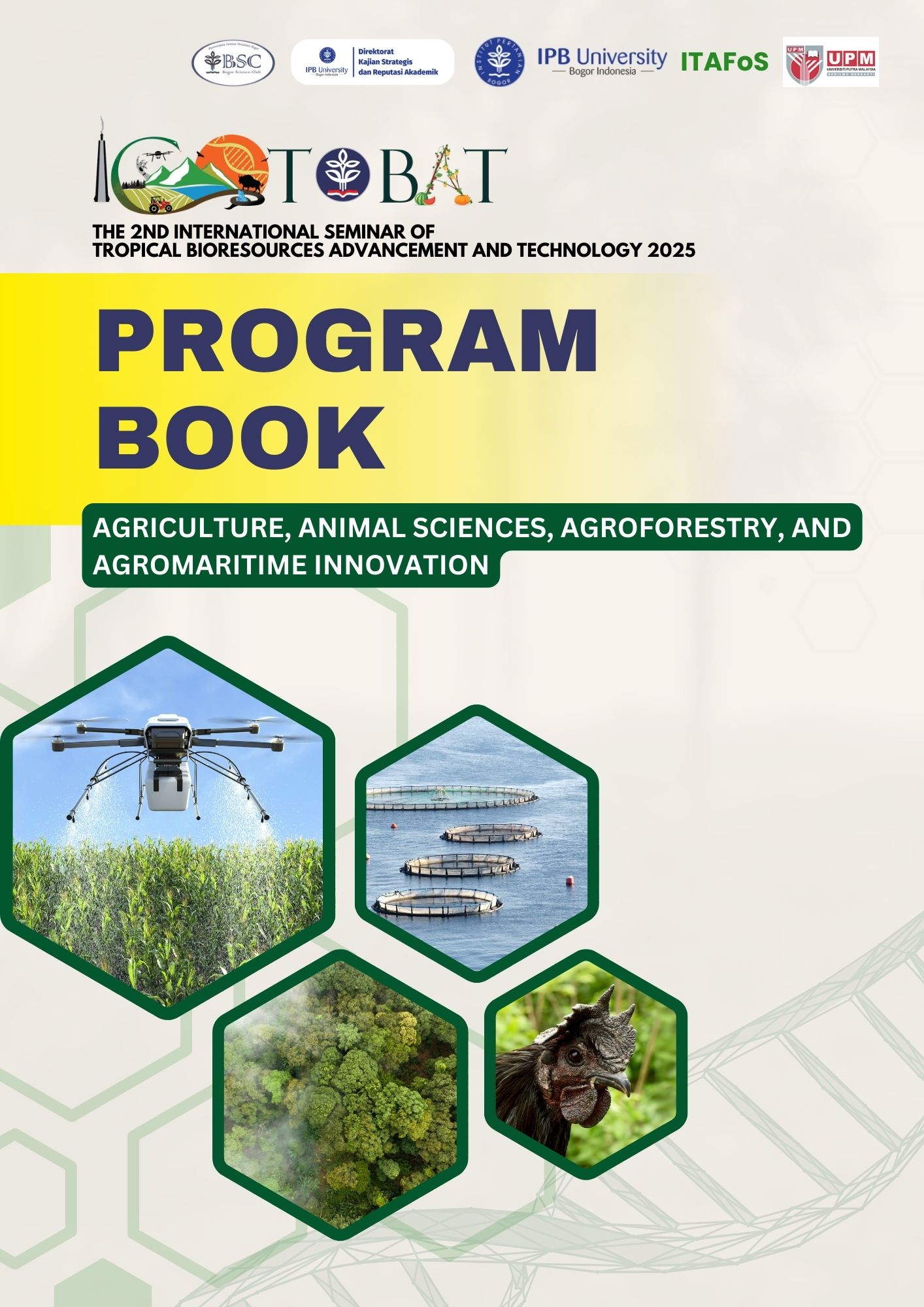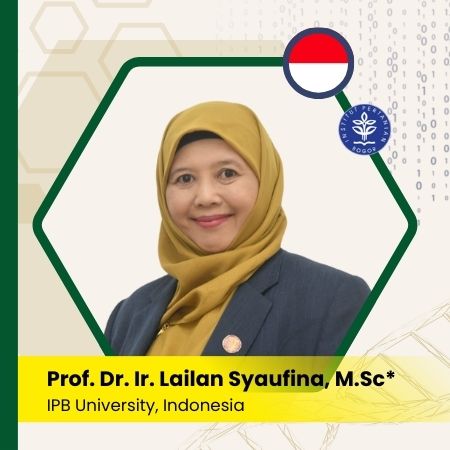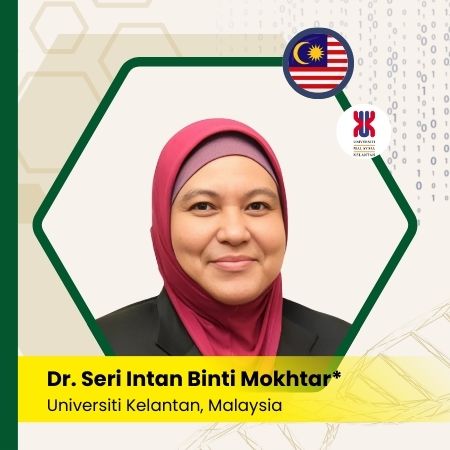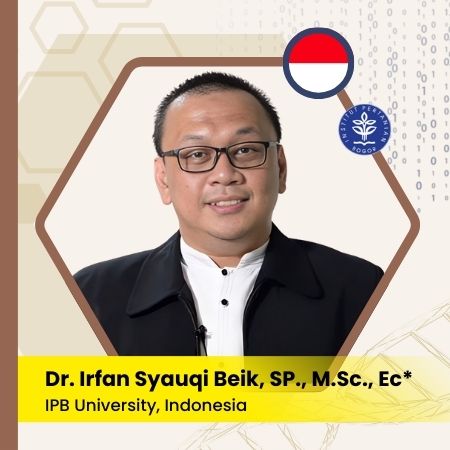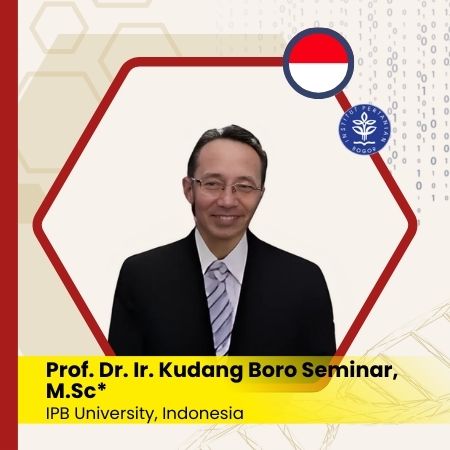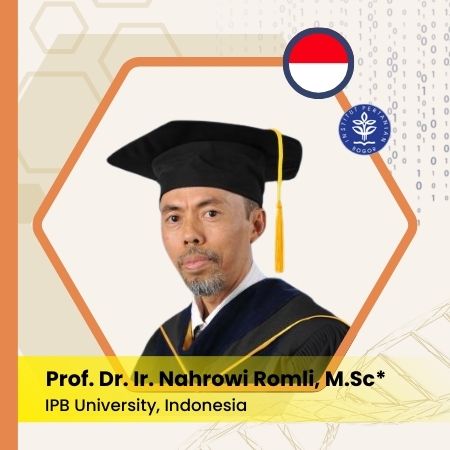Analysis of the Availability of Clear Puerulus Lobster Seeds from Wild Catch in Labangka Beach, Sumbawa, West Nusa Tenggara (NTB)
Will be presented at Friday, 23 May 2025, 14.35 (GMT +7)
Keywords:
Puerulus , Fishing, LabangkaAbstract
From 2019 to 2020, Indonesia's lobster seed production reached approximately ±103 million per year. The availability of lobster seeds in the coastal waters of Sumbawa accounts for 17% of the national seed potential. The catch in Labangka Beach is dominated by Panulirus homarus at 63–87% and P. ornatus at 13–37%. Labangka District is one of the most potential areas for lobster seed capture. The aim of this research is to analyze the availability of clear lobster seeds from Labangka Beach, as well as the distribution and trade flow. This research was conducted in February–March 2025 in Labangka, Sumbawa. Some data were obtained from the Sumbawa Regency Fisheries Office for the years 2024–2025. Information related to the operational aspects of lobster seed capture was gathered through direct interviews with local fishermen and collectors. The highest catch by fishermen in 2024 was in October (163,532 individuals), while in 2025 it was (179,150 individuals). The catch range for P. homarus was 124,810–172,450 individuals, and for P. ornatus it was 6,700–38,722 individuals. It is estimated that 284 fishermen are involved in lobster seed capture, organized into 24 Joint Cooperative Business Group (KUB), most of whom are from Labangka 3 Village, with the most effective capture period being April–October. The lobster seeds caught by fishermen are sold to local collectors. The collected seeds can be distributed directly to local cultivators in Sumbawa. Most of the seeds are sent to collectors in Lombok through cooperatives, most of which are located in Central Lombok Regency. The lobster seeds are stored and sorted at the BLU Situbondo before being exported abroad.

